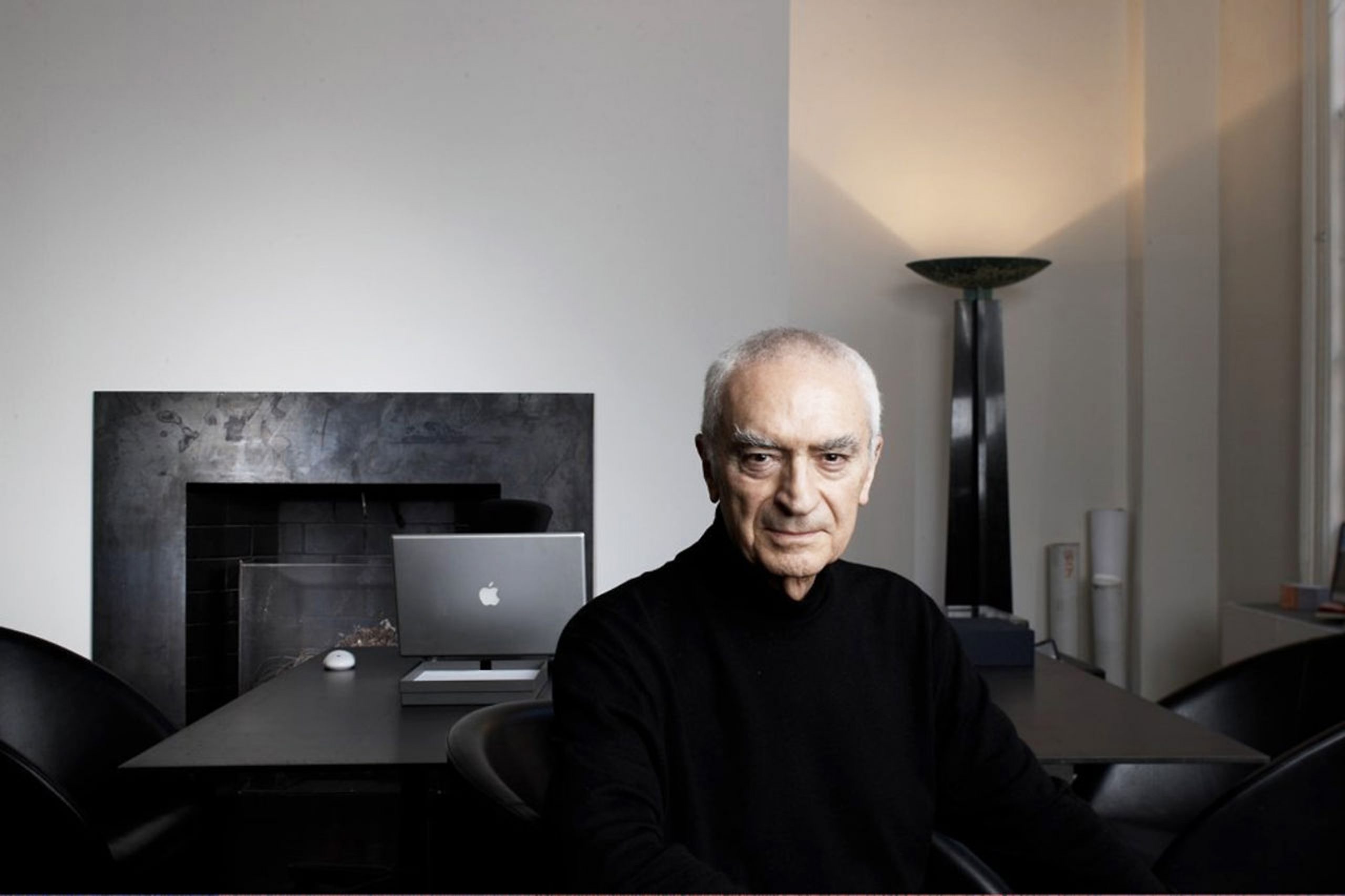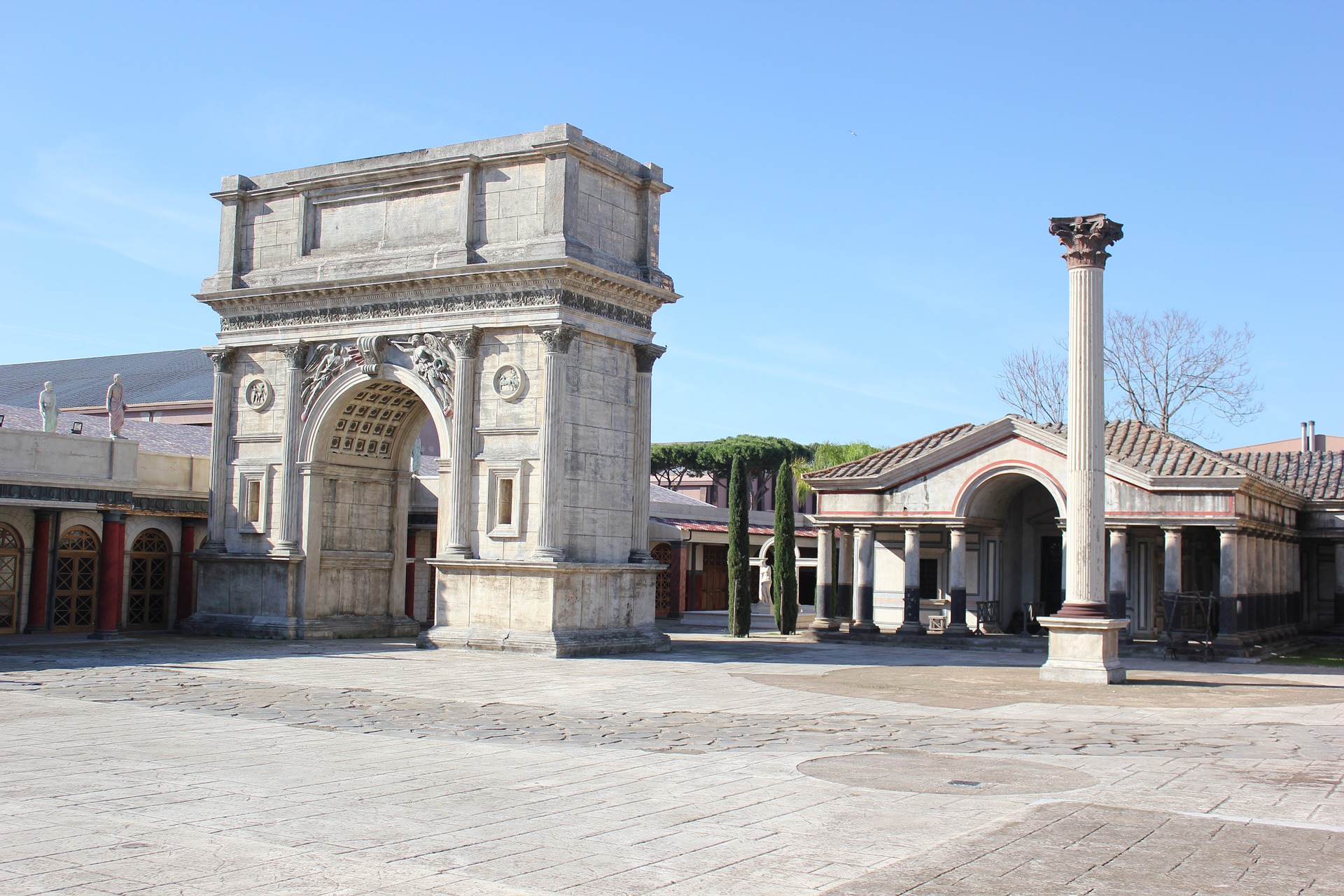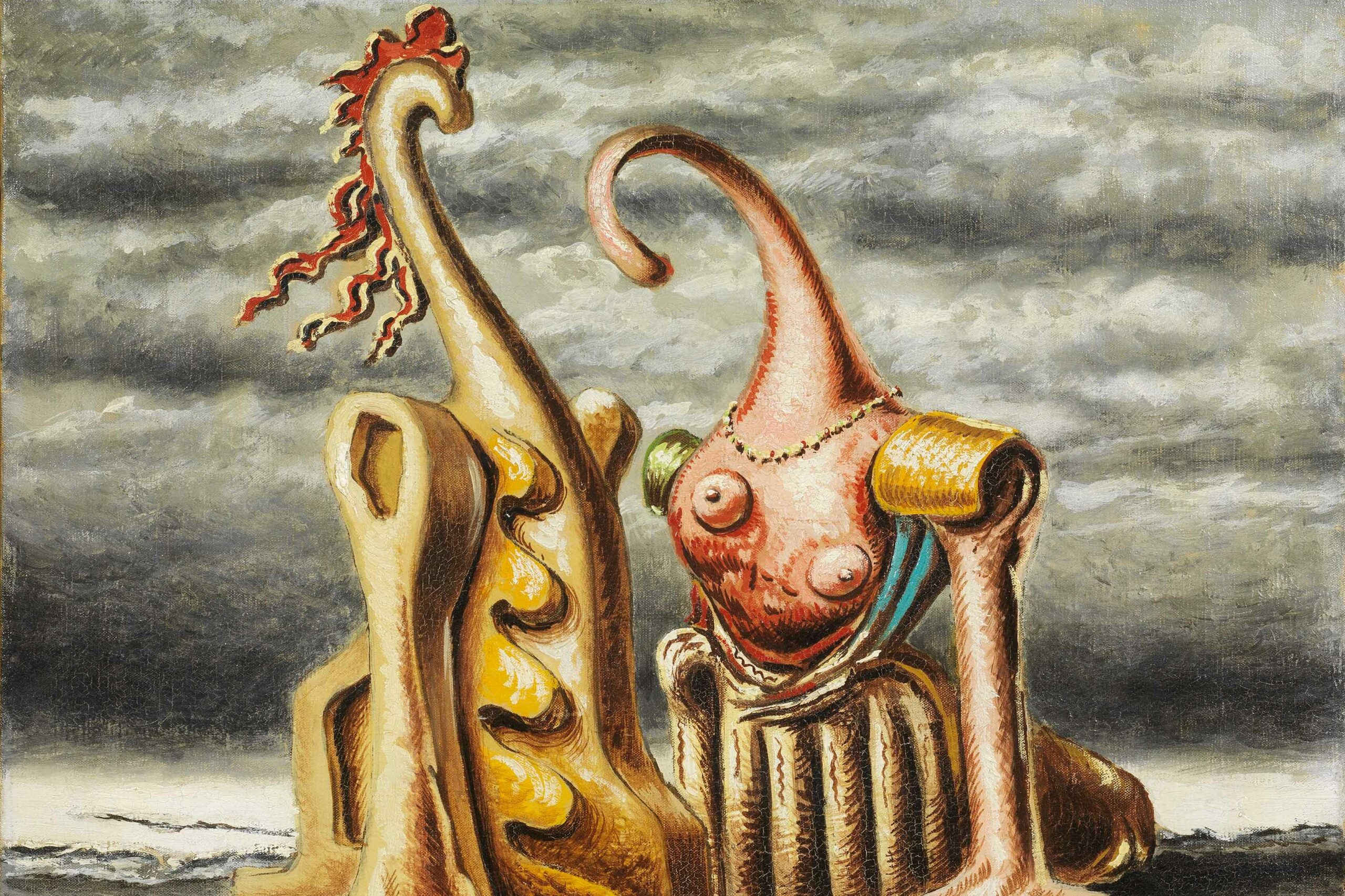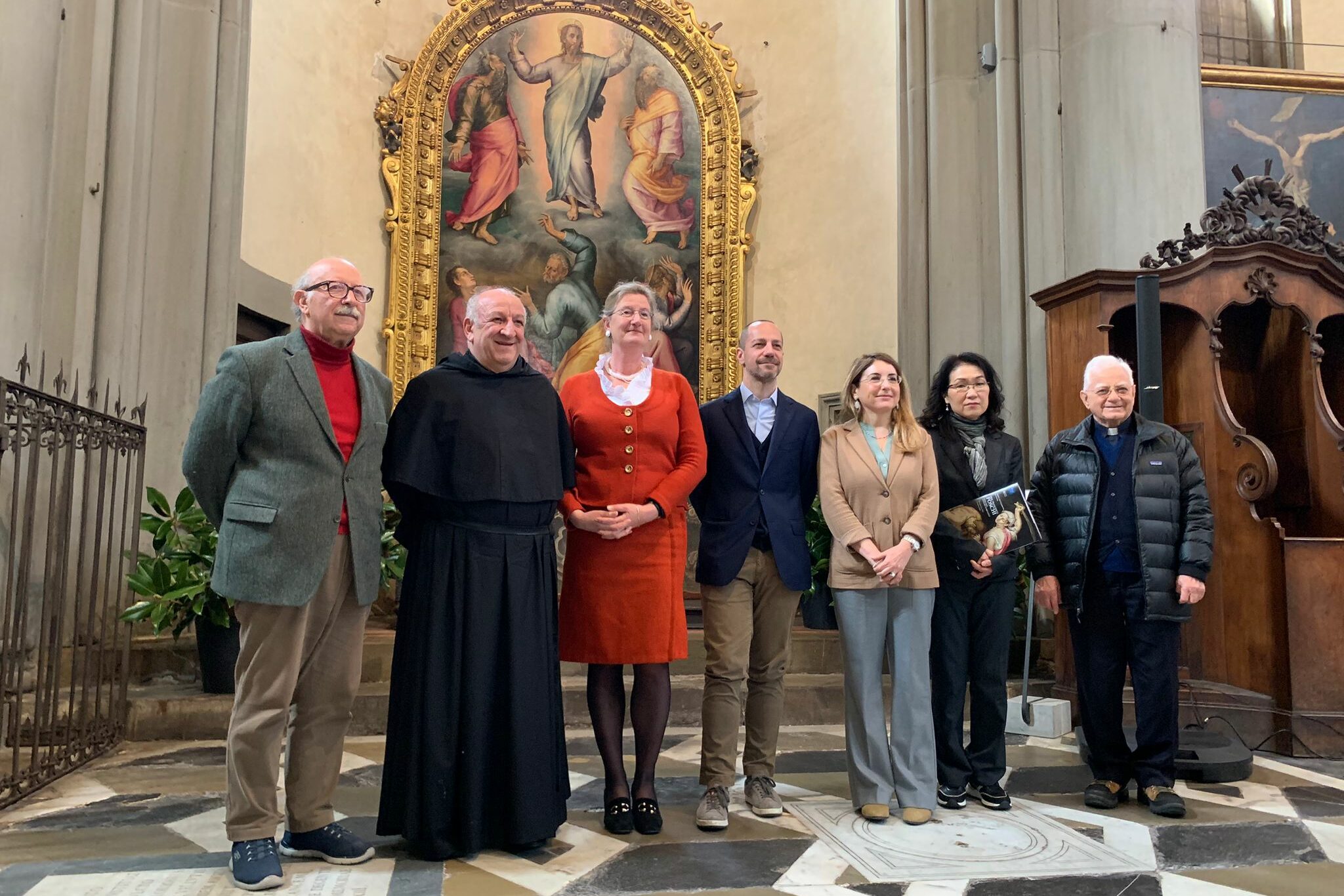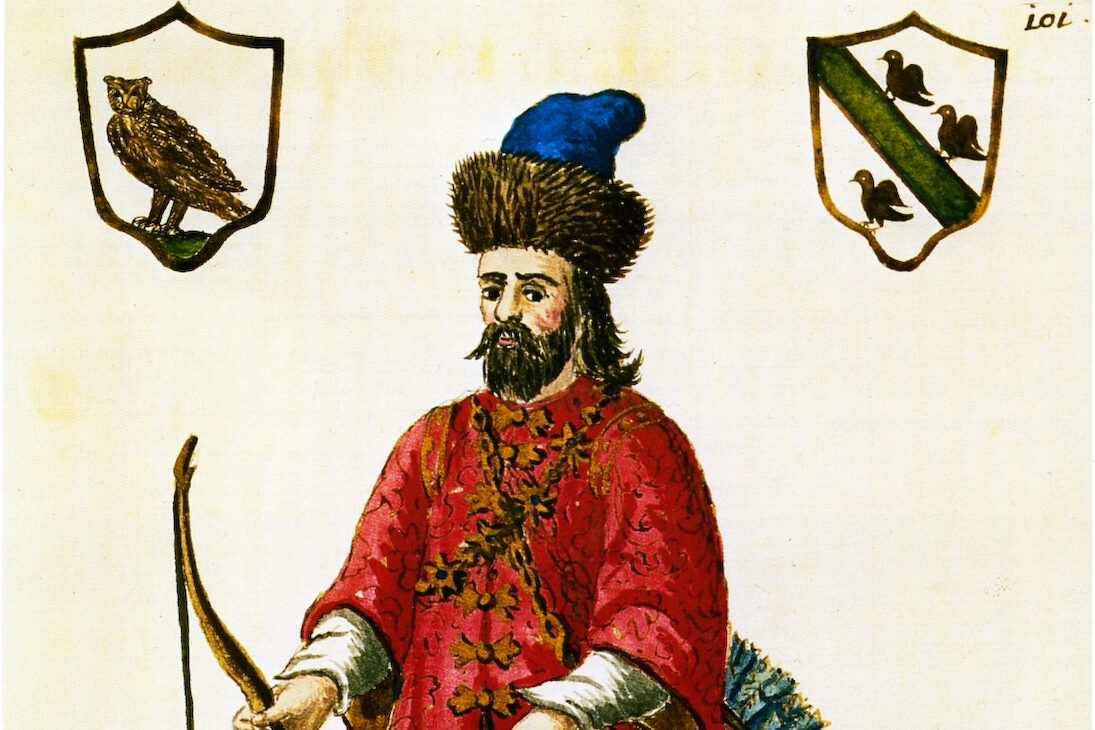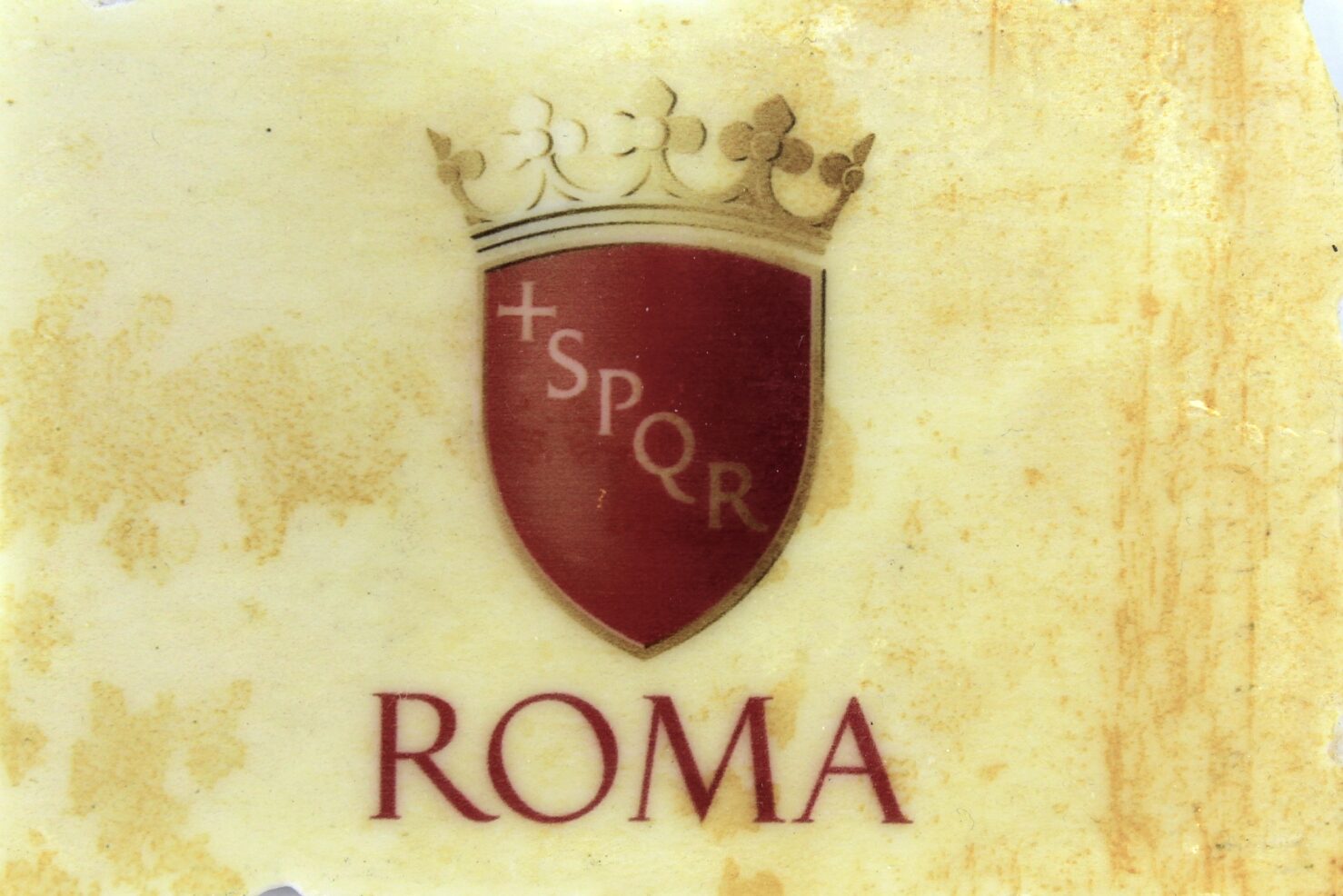For those unfamiliar with the design world, the name Massimo Vignelli doesn’t mean much. But if shown the logos of American Airlines or Ford, or a shopping bag from Bloomingdale’s, it becomes clear immediately how much Massimo Vignelli’s work is part of our everyday life experience and popular imagination.
Vignelli was an Italian designer whose work spanned the globe, and introduced the European Modernist tradition to American design culture.
He studied architecture first at the Politecnico di Milano and later at the Università d’Architettura of Venezia. From 1957 to 1960 he visited the States on a fellowship and evidently fell in love with America as he went back to the US in 1966 and never left. Since then, together with his wife Lella, he lived in New York where they started a practice that within a few years became one of the largest design firms in the world: Unimark International.
Reflecting his multidimensional nature, Vignelli’s work covered a wide rage of fields from package design through houseware, furniture, and showroom design, and public signage. For American Airlines he designed the famous company logo as well as the logos for Ford, IBM, Xerox, Gillette and many others. In the seventies he also designed shopping bags for Bloomingdale, Saks Fifth Avenue and Barneys.
One of his most famous works was the iconic signage for the New York City Subway system which, with its colored so called “spaghetti” served as the official map in the 1970s–80s, until it was replaced by a new one because of the public’s difficulty with reading it. The design – Vignelli called it a “diagram” — was actually too stylized for most people to use to easily find their way through the subway system, but for design lovers the map was an absolute work of art. MoMA made it part of the museum’s post war design collection.
In 1971, Vignelli resigned from Unimark over differences of design vision, and soon afterwards he and his wife founded Vignelli Associates, which has operated up to the present.
Besides being a great designer and artist, Vignelli was a generous person who believed in sharing knowledge with the international community of designers and artists. Indeed, in 2008 he and his wife decided to donate their entire design archive to the Rochester Institute of Technology, and in 2010 the Vignelli Center For Design Studies was opened to offer exhibition spaces, classrooms, and offices. But his generosity goes further.
In 2009 Vignelli released “The Vignelli Canon” on his website as a free e-book available for download. This book consists of a series of essays regarding design principles and Vignelli’s thoughts and experiences. As he wrote in the introduction to his book “I thought that it might be useful to pass some of my professional knowledge around, with the hope of improving [young designers’] design skills. Creativity needs the support of knowledge to be able to perform at its best.”
No wonder that when on May 9th Massimo Vignelli was diagnosed with an irreparable heart condition and his son Luca launched the “Dear Massimo” letter-writing campaign to say goodbye to his father, thousands of letters and emails immediately arrived from all over the world. Massimo Vignelli returned home on May 14th and barely had the time to read a small part of all of them. He died on May 27th at the age of 83 surrounded by his family and thousands of warm and thankful notes.
